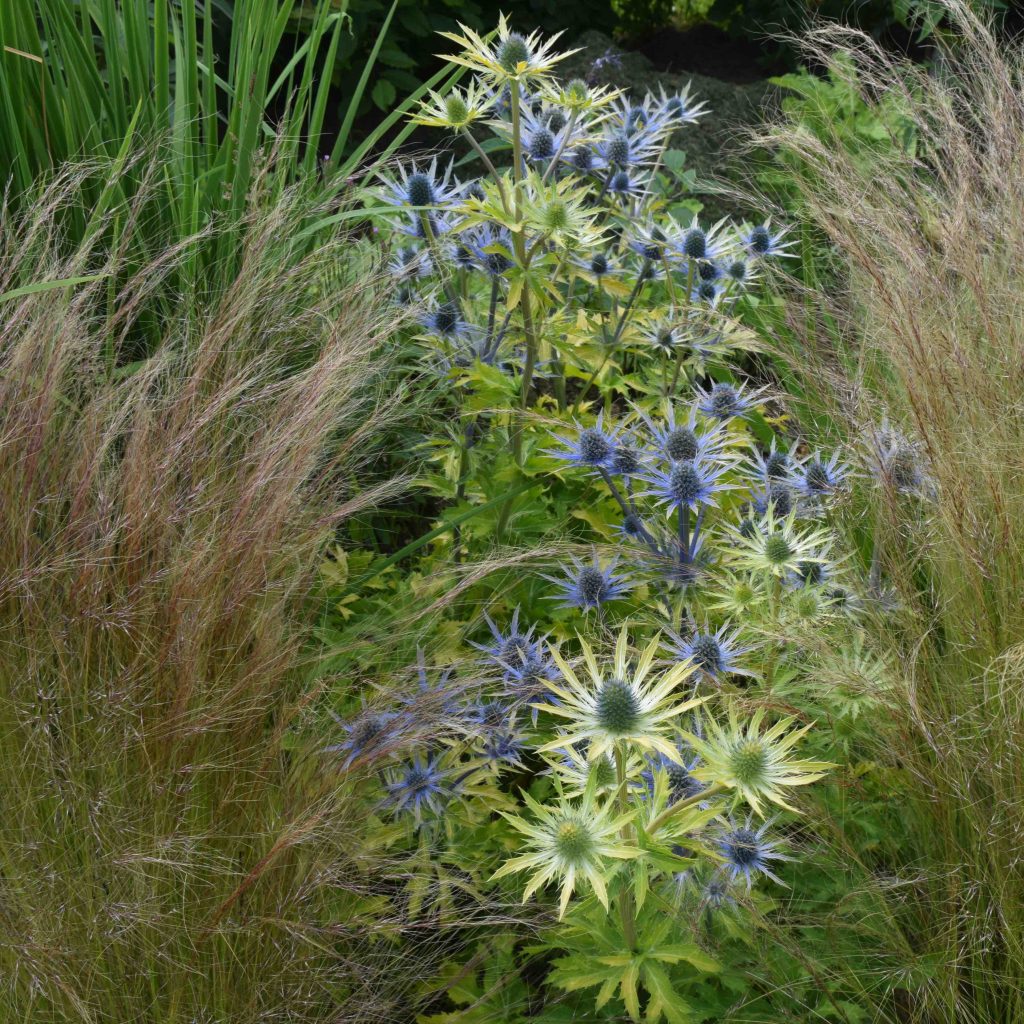
There is always lots to do in the garden, especially if you want colour for a long time. The seasons come and go and so do lots of plants, some need to be dug up and replaced while others need attention at various times. I do not begrudge most plants a bit of care and attention because I actually like gardening! But it is good to have a few plants that cope with whatever the weather throws at them and can be relied on to perform. If they flower for a long time it is even better and if they don’t need staking, even in windy weather, I am especially grateful.
For many of us, a recent concern has been the dry and hot weather. My astilbes and ligularias have been a constant worry, and required a can of water every day over the past weeks, just to keep them alive. In contrast, my clumps of eryngium (sea holly) have been a joy and no trouble at all.
Eryngiums are a varied bunch and it is the European species that have the best flowers, with blue or silvery bracts around a pincushion of small flowers that are loved by bees. The South American species have spectacular rosettes of leaves and tall candelabra of flowers but in dull colours. We even have a native species that is found on sand dunes. It has beautiful grey leaves and flowers but is not easy to grow in gardens but tends to spread around if happy. It needs a very sandy, well drained soil.
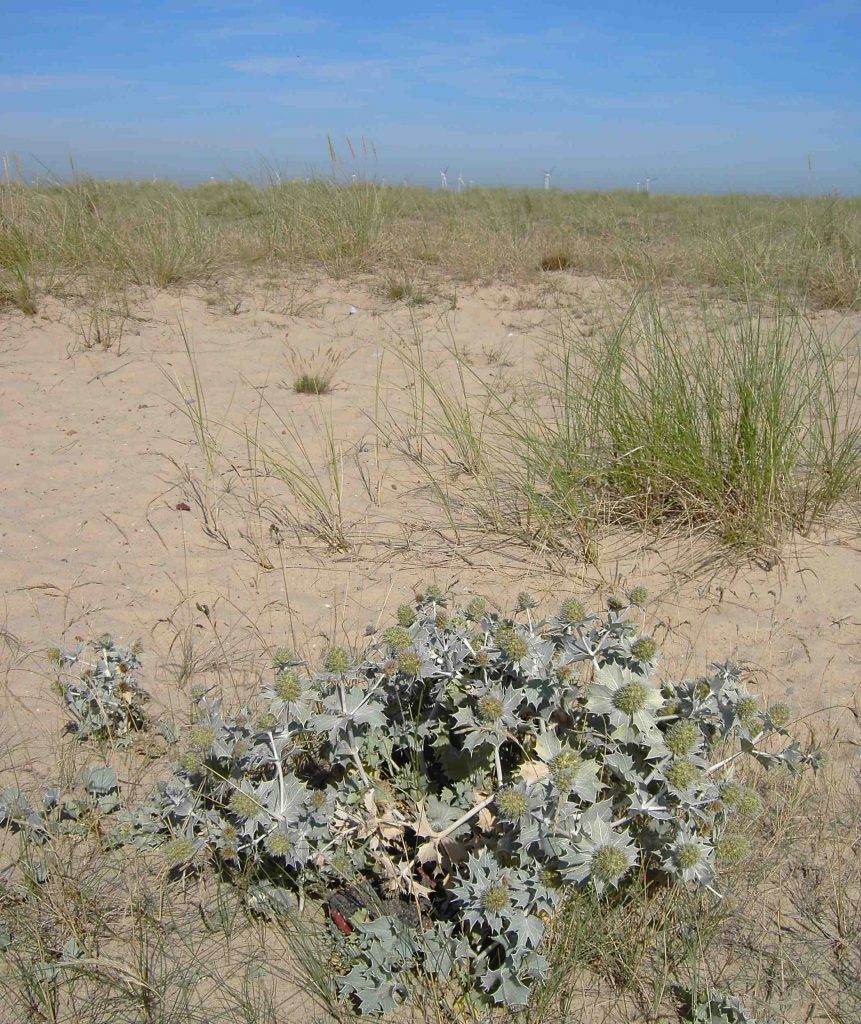
The garden sea hollies are a lot less fussy and although they do prefer a well drained soil and full sun they will grow in most soils. Mine are in clay-is soil that can be wet in winter and yet they do well. I have several but the best for all round display is ‘Neptune’s Gold’. It is a recent introduction and although I know that some people find the combination of yellow leaves and blue flowers a bit too much to stomach, I love it.
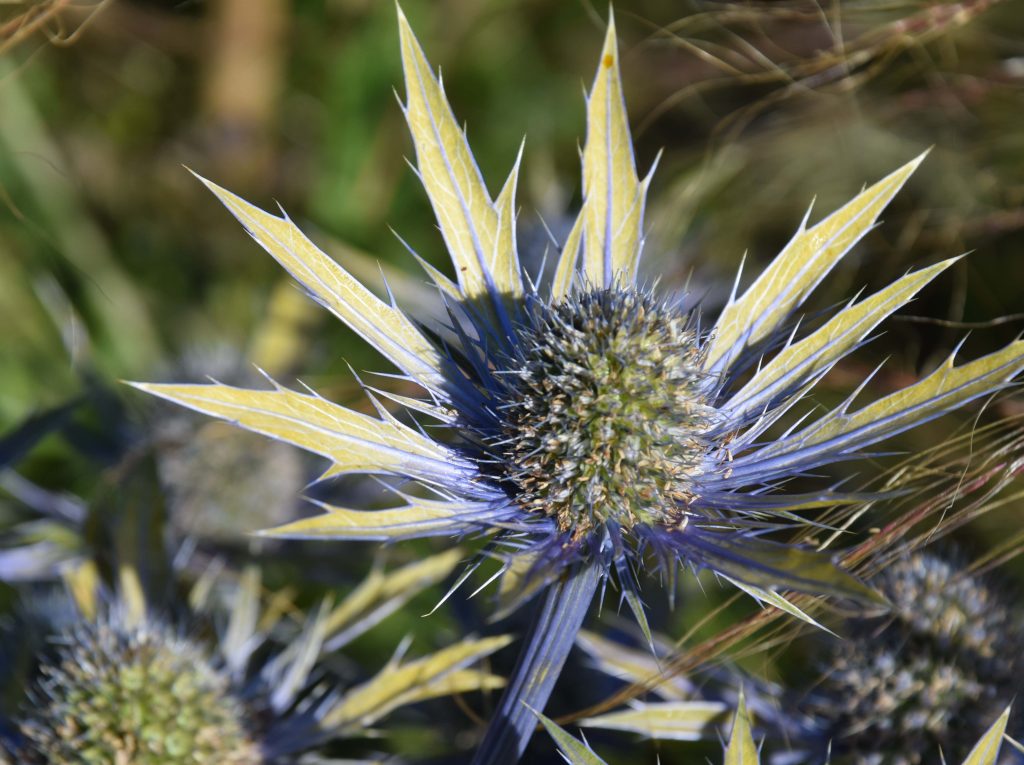
The foliage is bright yellow but as the flower stems grow you barely notice it. The flowers are yellow at first but become increasingly blue as they age. The stems are tough (and spiny) and never need support. In fact they remain attractive all summer and autumn. You can even leave them for winter interest and then cut them back in spring as the new leaves appear.
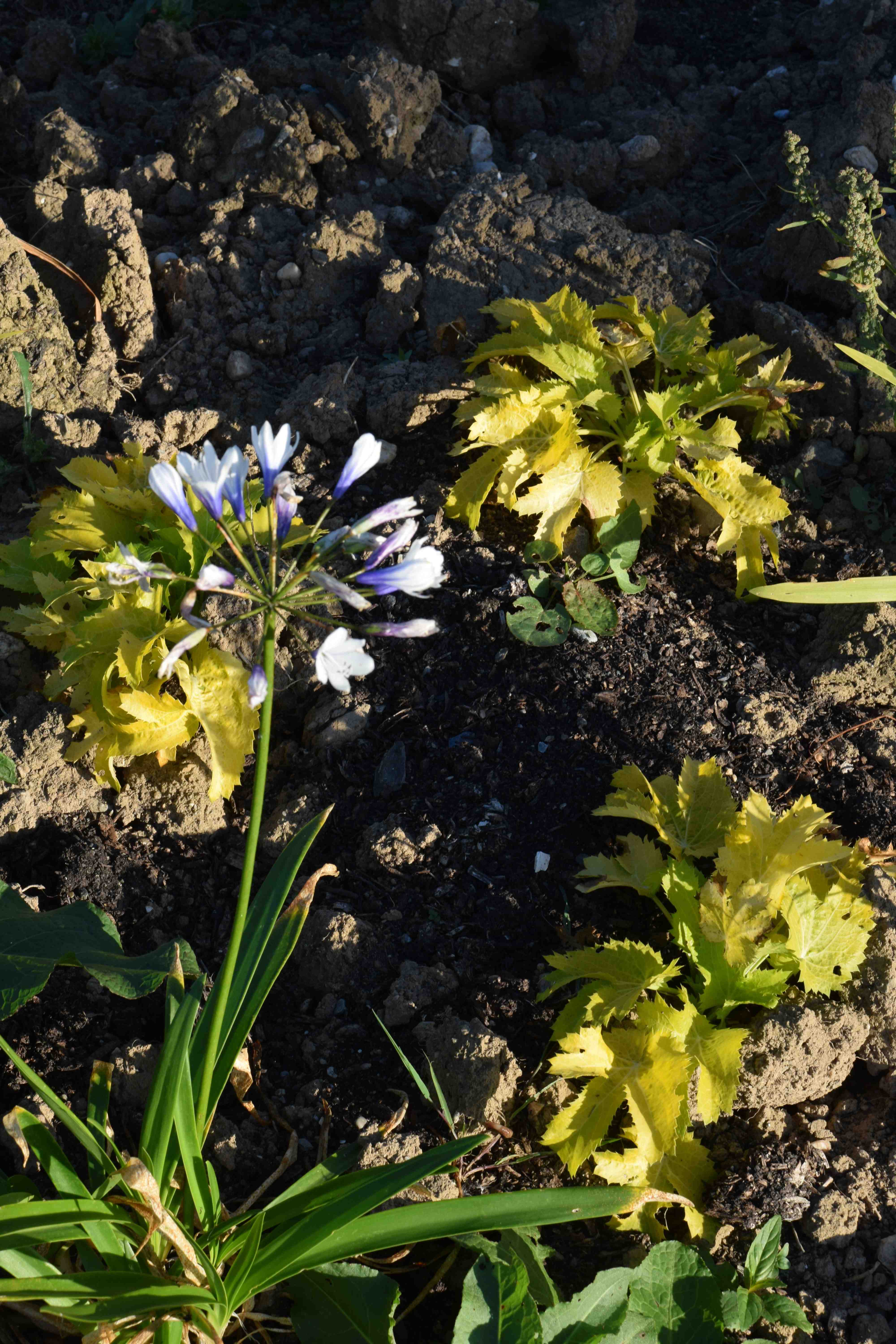
This is a plant that can cope with drought and hot weather. The flowers are also perfect for cutting and last weeks in a vase.
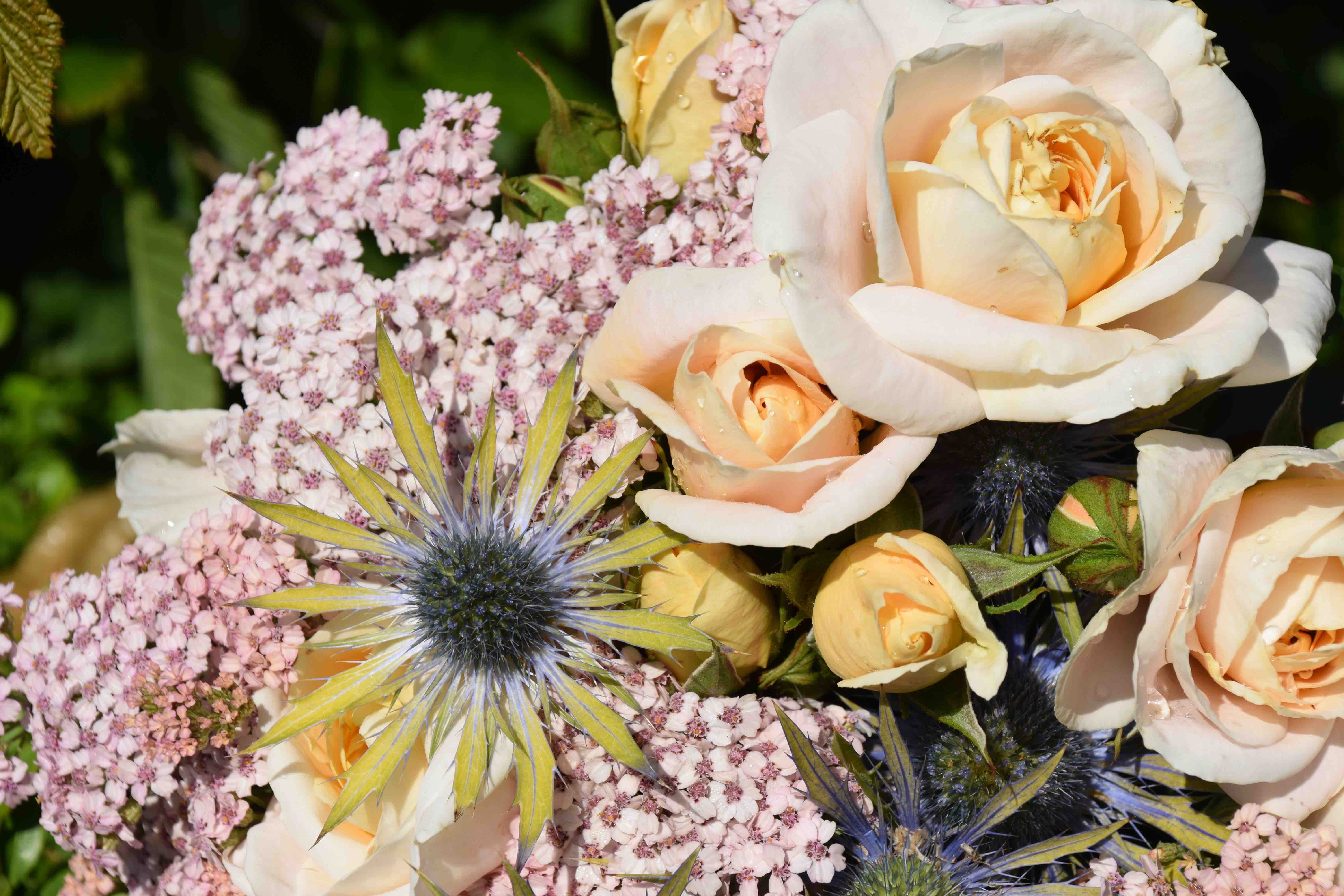
All eryngiums are tough and can be planted and relied on to flower for years. Eryngium planum is another good choice with masses of tiny heads of flowers but it can need support. Eryngium bourgatii is much more compact, but more spiny, and perfect for rock gardens and dry banks.
Eryngiums are perfect with silvery foliage and ideal companions for echinaceas. I have mine with Stipa tenuissima (pony tail grass) and agapanthus, but the options are endless. Lavender and other woody herbs are perfect partners and will provide some of the scent that the eryngiums lack.
Coping with drought-tolerant plants
It is obvious that it makes sense to plant drought-tolerant plants if you want to save time on watering. We are all aware that we need to try to break our dependence on watering if we can, at least in part of our garden. But drought-tolerant plants are not cacti – or at least most of them aren’t. They only survive because they have deep roots that search out water in the depths of the soil as well as grey or narrow leaves that reduce their water needs. If you buy a lavender and pop it on the patio and expect it to survive without watering then you will be rewarded with a crispy dead plant in a few days. Like all plants, these need watering until they are well established and get their roots deep in the soil and then they will be able to cope without extra watering. When grown in patio pots they will always need watering because they are unable to get their roots into the soil.